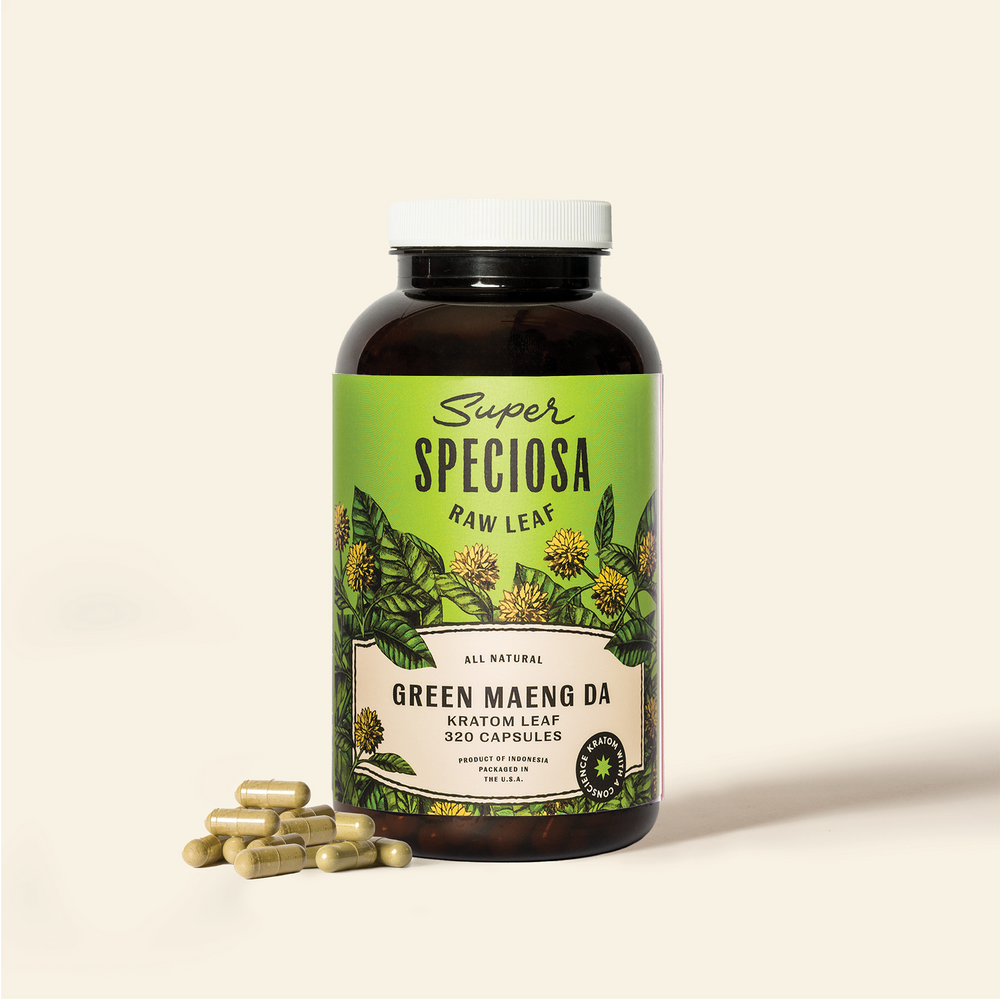Czech Republic's Balanced Kratom Regulation
CZECH REPUBLIC'S BALANCED KRATOM REGULATION

Discussions around how to regulate kratom have spilled into the European Union. Without a regulatory agency pushing for prohibition, the two sides appear to have met in the middle to establish a reasonable regulatory structure.
The Czech Republic became the latest group of lawmakers to take up the kratom question after concerns over access and sales methods. At first, it appeared it would be another attempt at a ban at the behest of the Health Ministry before opposition lawmakers stepped in and negotiated a path to keep kratom accessible for adult use in the Czech Republic.
As introduced, the proposed ordinance would create a new category of “psycho-modulating substances” and propose a ban on kratom and other products with similar profiles. Although bans are seen as heavy-handed in such discussions, one of the authors of the original bill made it clear.
"We want to make sure that CBD products and kratom are not accessible to children and adolescents under the age of 18 because they can have an unpredictable effect on them,” said Tom Philipp, and MP from the Christian Democratic Party.
Meeting in the Middle
Similar to discussions around purchasing kratom at gas stations in America, opponents of the plant were concerned that where and how kratom is sold made it more likely to wind up in the wrong hands. That’s what inspired Philipp and his colleagues to take a swing at limiting such products.
“It is now common to find these vending machines close to schools and in shopping malls,” he said, “where children can buy a substance that affects their psyche, concentration, brain and physical development for a relatively small amount of money.”
Instead, a back-and-forth within the government softened the position of the authors of the bill and the Health Ministry. Ironically enough, opposition arguments from the Czech Pirate Party led to the discussions that eventually landed on a regulated market with age restrictions on purchase.
In the end, the proposed draft law looks similar to the Kratom Consumer Protection Acts that have are now the law in 11 states in America. Rather than outright banning kratom, the compromise law would establish who can manufacture and distribute the plant and includes regulations for labels and dosage requirements.
If a new product comes onto the market, it would need to be inspected and sorted into the proper category per this new law. It’s a comprehensive approach to regulate such substances for personal use while keeping kratom from younger users and limiting the type of products available on the market.
Changing International Tides
These discussions came as part of a wider trend of international authorities considering the future of kratom markets globally. Recently, a delegation from the American Kratom Association headed to Indonesia to discuss policies at the source and maintain access to an unadulterated commercial supply of kratom. That momentum also spilled into Malaysia and Thailand, which hosted a conference asking similar questions.
After years of being influenced by shaky policy from the United States and a lack of regulatory clarity, the meeting in Indonesia marked a significant step forward as governmental officials, local farmers and the infrastructure that supports them all came together to discuss policy, regulation and establishing a safe, legal market for kratom.
What’s interesting about the connection between the suppliers in Southeast Asia and kratom markets in the Western world is how bad actors and other influences have exposed the ‘real risk’ of kratom use. In a paper available in the National Library of Medicine, researchers noted the difference in approach, use and stigma between kratom users in Southeast Asia and in places like Europe and America.
In that paper, it said that deaths attributed to kratom had been reported in Europe and the United States but not in Southeast Asia. At the same time, those deaths were attributed to “poly-drug exposure.” What the paper concludes is that it is the influence of how kratom is sold in such markets that increases the risk of a dangerous outcome.
“Given the mostly unregulated market for Kratom products in Western countries, consumers may be exposed to adulterated or contaminated products, especially if purchased through websites or the darknet,” the paper said.
How THAT element of the kratom question played out in the Czech Republic will encourage advocates due to the reasoning behind the shift. The Christian Democrats thought at first that banning kratom would be best, mostly to control access to children.
Similar to the revelations contained in the research paper, the discussion eventually shifted to adulterants and the risk of a black market for kratom. After considering the potential of bad actors and the uncontrollable nature of illicit markets, even the opponents of kratom decided the best path forward was regulating a legal market for adult use.
"The Office of the Government will cooperate with other state authorities, to secure sanitation and regularly monitor the quality of these substances by laboratory methods. It will also ensure that the conditions of the law are not violated, in cooperation with the police.”
For more information on the state-by-state status of kratom, check out our Kratom Legality Map and keep an eye on our latest kratom news section to stay up-to-date with developments on the soon-to-be-introduced Federal Kratom Consumer Protection Act.





